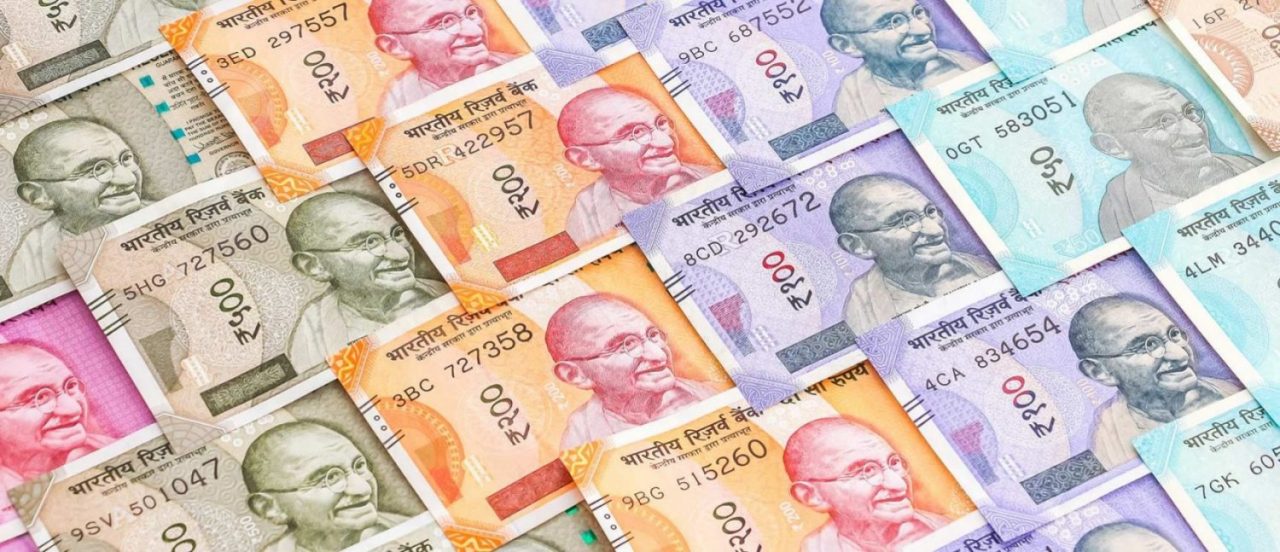After outlining the relevant clauses of India’s Competition Act and its associated implementing regulation on predatory pricing, this article recounts how the Competition Commission of India has substantially modernised its perspective in just over a decade of enforcement. In an early case, it condemned zero-pricing by a financially powerful firm as an abuse of a dominant position, even though two others had successfully entered and reduced its market share to a third. In more recent cases, the Commission has acknowledged the legitimacy of below-cost pricing strategies to exploit network effects in platform competition, recognizing the resulting efficiencies and the possibility of vigorous competition even with a small number of competitors. This more permissive approach may, however, be reversed if a novel interpretation of the law by India’s Supreme Court proves decisive in several pending appeals.
By Aditya Bhattacharjea1
I. THE LEGAL FRAMEWORK
India’s Competition Act, 20022 explicitly includes predatory pricing under Section 4, which deals with the “Abuse of a Dominant Position.” Definitions of dominance and predatory pricing, which evolved through judicial interpretation in European and U.S. competition law, are carved into the Indian law itself.
In wording that seems to have been inspired by the United Brands judgment of the European Court of Justice, an “Explanation” appended to Section 4 defines a dominant position as “a position of strength
...THIS ARTICLE IS NOT AVAILABLE FOR IP ADDRESS 216.73.216.89
Please verify email or join us
to access premium content!

